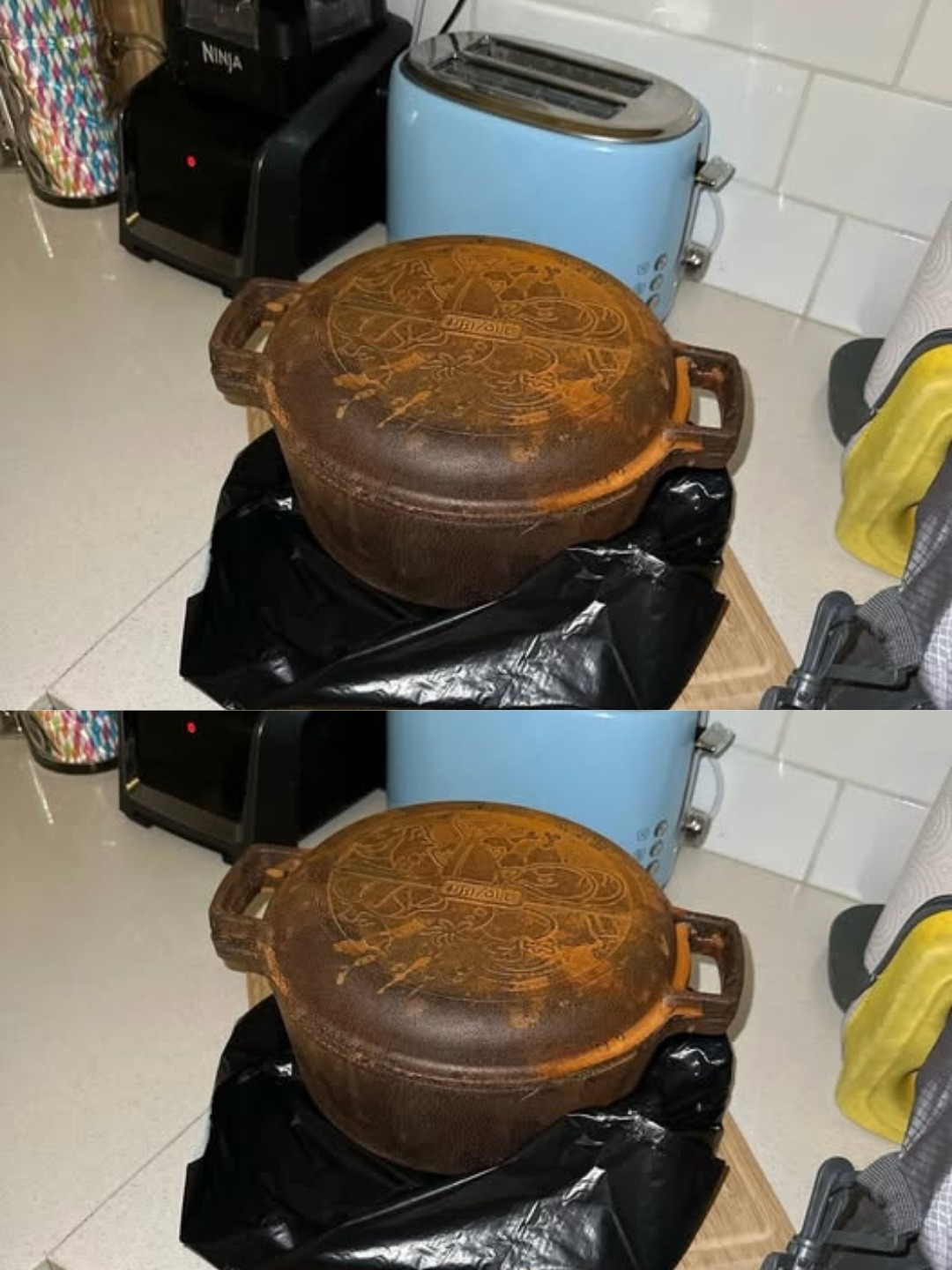Introduction
Cast iron cookware is a kitchen workhorse, renowned for its durability, heat retention, and natural non-stick properties when seasoned correctly. However, despite its versatility, certain foods and cooking practices are best avoided to protect your pan’s seasoning and prevent undesirable flavor absorption. Understanding what not to cook in cast iron ensures its longevity and continued optimal performance.
Foods to Avoid Cooking in Cast Iron
Acidic Foods
Acidic foods like tomatoes, citrus fruits (lemons, limes), vinegar-based sauces, and wine can react with the iron in your pan, stripping away the seasoning. This can lead to:
- Metallic tasting food
- A dull, gray appearance on the pan
- Increased likelihood of food sticking
Briefly simmering a tomato sauce is generally fine, but extended simmering (hours) should be done in a non-reactive pan like stainless steel or enamel-coated cast iron.
Delicate Fish
While you *can* cook fish in cast iron, very delicate, flaky fish like cod or sole are prone to sticking, even in a well-seasoned pan. The high heat and textured surface can make them difficult to flip and result in a messy, broken fillet. Consider these factors:
- Pan Preparation: Ensure the pan is impeccably seasoned and generously oiled.
- Heat Control: Use moderate heat to prevent burning and sticking.
- Fish Type: Firmer fish like salmon or tuna are better suited for cast iron.
Extremely Sticky Foods
While a well-seasoned cast iron can handle many foods, incredibly sticky items can be problematic:
- Eggs: Especially scrambled eggs, unless your pan is perfectly seasoned. Even then, monitoring the heat is essential.
- Pancakes (sometimes): If your batter is very thick or your pan’s seasoning is uneven, pancakes can stick.
If you’re unsure, start with a small test batch.
Overly Sugary Items (to a degree)
While not strictly a ‘never’, be cautious with high-sugar foods like candies or certain glazes. Burnt sugar is notoriously difficult to clean and can damage your seasoning.
Foods with Strong Odors (Initially)
While well-seasoned cast iron shouldn’t absorb flavors or odors significantly, it’s best to avoid cooking strongly scented foods like garlic or some spices *frequently* in a brand new or poorly seasoned pan. This is because these flavors can sometimes linger, particularly if the seasoning is still developing. With a solid, mature seasoning, this is generally less of a concern. Foods like:
- Heavy curry powders
- Strong fish with pungent smells
However, if cooking these, ensure that your seasoning layer is sufficient and you thoroughly clean the pan afterward.
Practices to Avoid
Boiling Water for Extended Periods
Prolonged boiling can leach away the seasoning. While boiling water for a quick clean is fine, extended boiling isn’t recommended.
Dishwashers and Harsh Soaps
Dishwashers and harsh soaps strip away the seasoning. Always hand wash with mild soap and water, drying thoroughly immediately after.
Abrasive Scrubbers
Avoid using steel wool or other abrasive scrubbers that can scratch the surface and remove the seasoning. Use a plastic scraper or a soft sponge instead.
Storing Food in Cast Iron
Storing food, especially acidic or moist food, in cast iron can lead to rusting and flavor contamination. Transfer leftovers to a separate container.
Conclusion
By understanding what not to cook in cast iron and adopting proper cleaning and maintenance practices, you can ensure your pan remains a reliable and versatile cooking tool for years to come. While some restrictions exist, the benefits of cast iron cookware – its heat retention, durability, and potential for a naturally non-stick surface – far outweigh the limitations.
